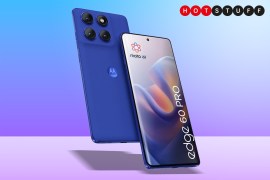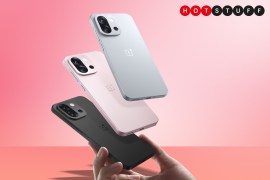Samsung Galaxy S25 vs Google Pixel 9: which is best?
Two mainstream Android heroes face off, but which is best, the Samsung Galaxy S25 or Google Pixel 9?

Samsung has wasted no time kicking off 2025 with the launch of the Galaxy S25, setting a high benchmark for flagship phones this year. Designed to compete with top contenders like the Google Pixel 9, the Galaxy S25 boasts features that go head-to-head with its rival. Samsung is doubling down on AI advancements for 2025, alongside some modest but meaningful upgrades over last year’s Galaxy S24.
While we haven’t had the chance to review the Galaxy S25 in person yet, we can compare its to the Pixel 9 on paper. If you’re in the market for a new Android device and can’t decide, this breakdown might help you make the call.
How we test smartphones
Every phone reviewed on Stuff is used as our main device throughout the testing process. We use industry-standard benchmarks and tests, as well as our own years of experience, to judge general performance, battery life, display, sound and camera image quality. Manufacturers have no visibility on reviews before they appear online, and we never accept payment to feature products. Find out more about how we test and rate products.
Price
Samsung has opened Galaxy S25 pre-orders now, and the phone will start shipping on the 7th of February. You’ll have to part with $799 / £799 for the 128GB model, $859 / £859 for the 256GB model, and $979 / £979 for 512GB.
The Pixel 9 launched last October, at launch, the 128GB model was priced at $799 / £799 and the 256GB model was $899 / £899. Being slightly older, you can often find deals on the Pixel handsets.
You can find the cheapest Pixel 9 prices below:
Samsung Galaxy S25 vs Google Pixel 9 Specs
| Galaxy S25 | Google Pixel 9 | |
| Screen | 6.2in, FHD+ 2340×1080, 1-120Hz, 2600 nits | 6.3in, 1080 x 2424, 120Hz OLED |
| CPU | Snapdragon 8 Elite for Galaxy | Google Tensor G4 |
| Memory | 12GB | 12GB RAM |
| Cameras | 50MP + 10MP +12MP rear 12MP front | 50MP + 48MP rear 10.5 MP front |
| Storage | 128/256/512GB | 128/256GB |
| Battery | 4000mAh | 4700 mAh |
| Charge speed | 25W wired, 5W wireless | 27W wired, 15W wireless |
| Durability | IP68 | IP68 |
| Dimensions | 147x71x7.2mm, 162g | 152.8x72x8.5mm, 198 g |
Design & display: Stand-out vs. familiar face
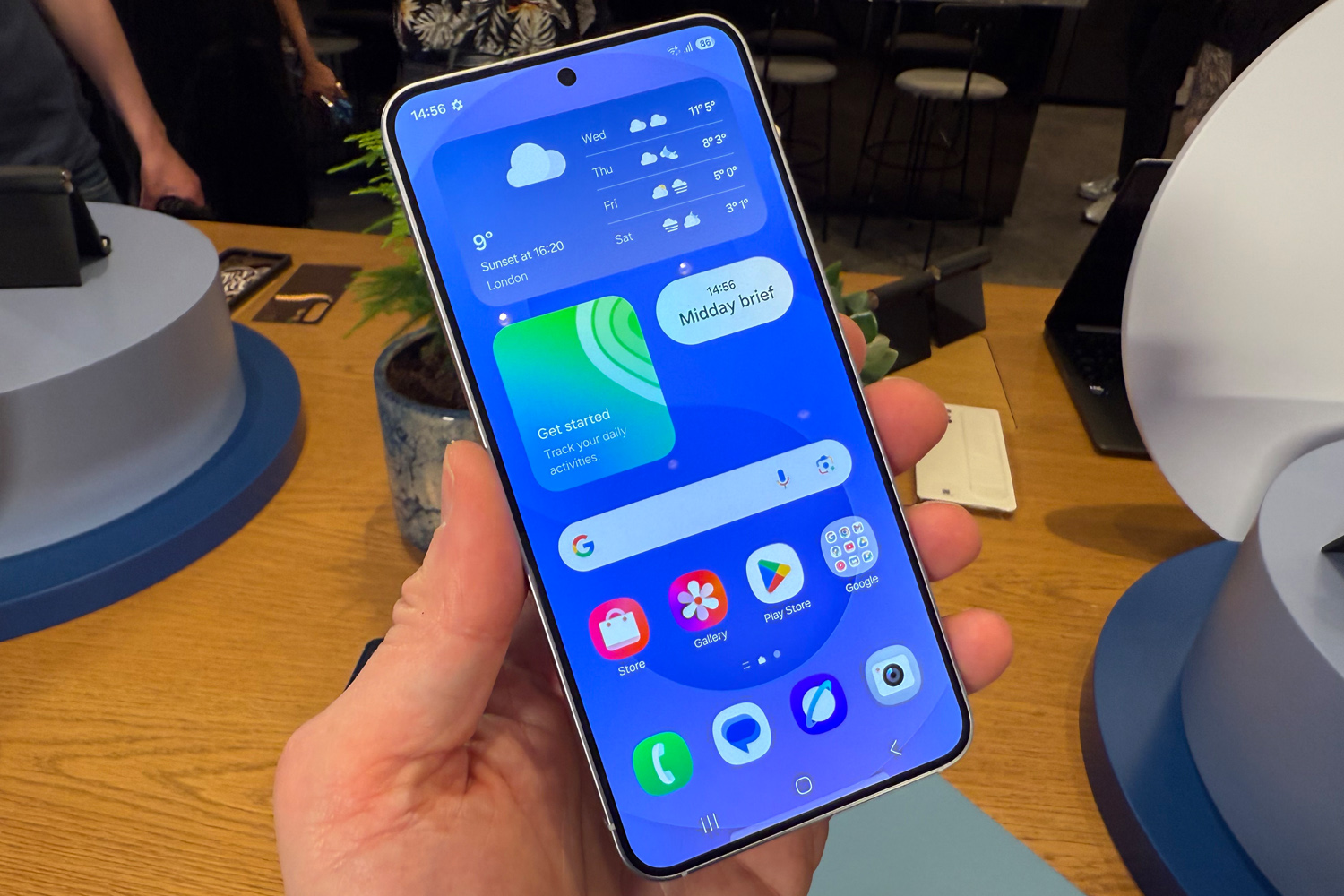

The Google Pixel 9 brings a polished back and matte frame to the table, offering a refined and minimalist design. It retains its signature camera bar, with some changes from previous Pixel phones. It’s now pill-shaped with rounded corners, giving the phone a distinctive look. Personally, I really like this new version of the camera bar (which is a good thing, since it might be coming to the next iPhone – but that’s another story).
Round front, the 6.3-inch display is surrounded by slim bezels and protected by Gorilla Glass Victus 2, with an IP68 rating ensuring durability. The Pixel 9 offers a 6.3-inch Actua OLED display with a 2424×1080 resolution, offering a peak brightness of 2700 nits. Its 60-120Hz adaptive refresh rate ensures smooth visuals while optimizing battery life.
The Galaxy S25, meanwhile, sticks closely to its predecessor’s design. Almost frighteningly close. It features the same flat display, flat Armour Aluminium frame, and flat rear glass. Samsung has added a few subtle tweaks, such as black camera lens trims, and reduced the phone’s thickness and weight to 7.2mm and 162g, respectively. The Galaxy S25 also drops black from its colour lineup, offering Navy, Ice Blue, Mint, and Silver options instead.
The Galaxy S25 comes with a slightly smaller 6.2-inch AMOLED screen, maintaining the same 2340×1080 resolution, 2600 nits peak brightness, and a 1-120Hz dynamic refresh rate as the Galaxy S24. Both phones feature Gorilla Glass Victus 2 for durability.
While the Pixel 9 offers a slightly larger display and bolder design, the Galaxy S25 focuses on lightweight portability with subtle refinements. That said, Samsung’s offering is very familiar to previous releases. Display-wise, the Pixel handset is brighter, while the Samsung has a higher refresh rate – you’ll have to pick which is more valuable to you.
Performance & battery: Long laster vs. raw performer
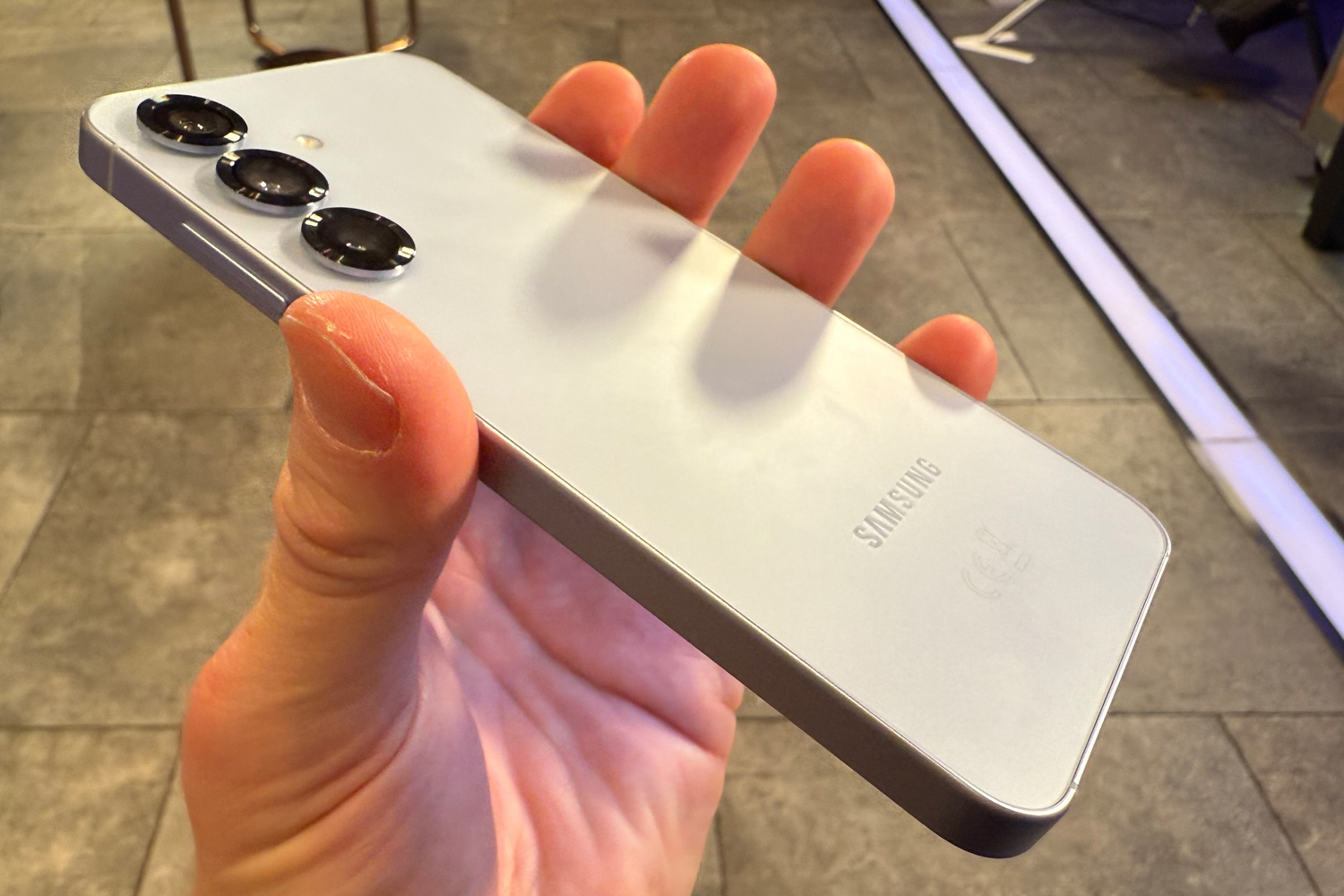
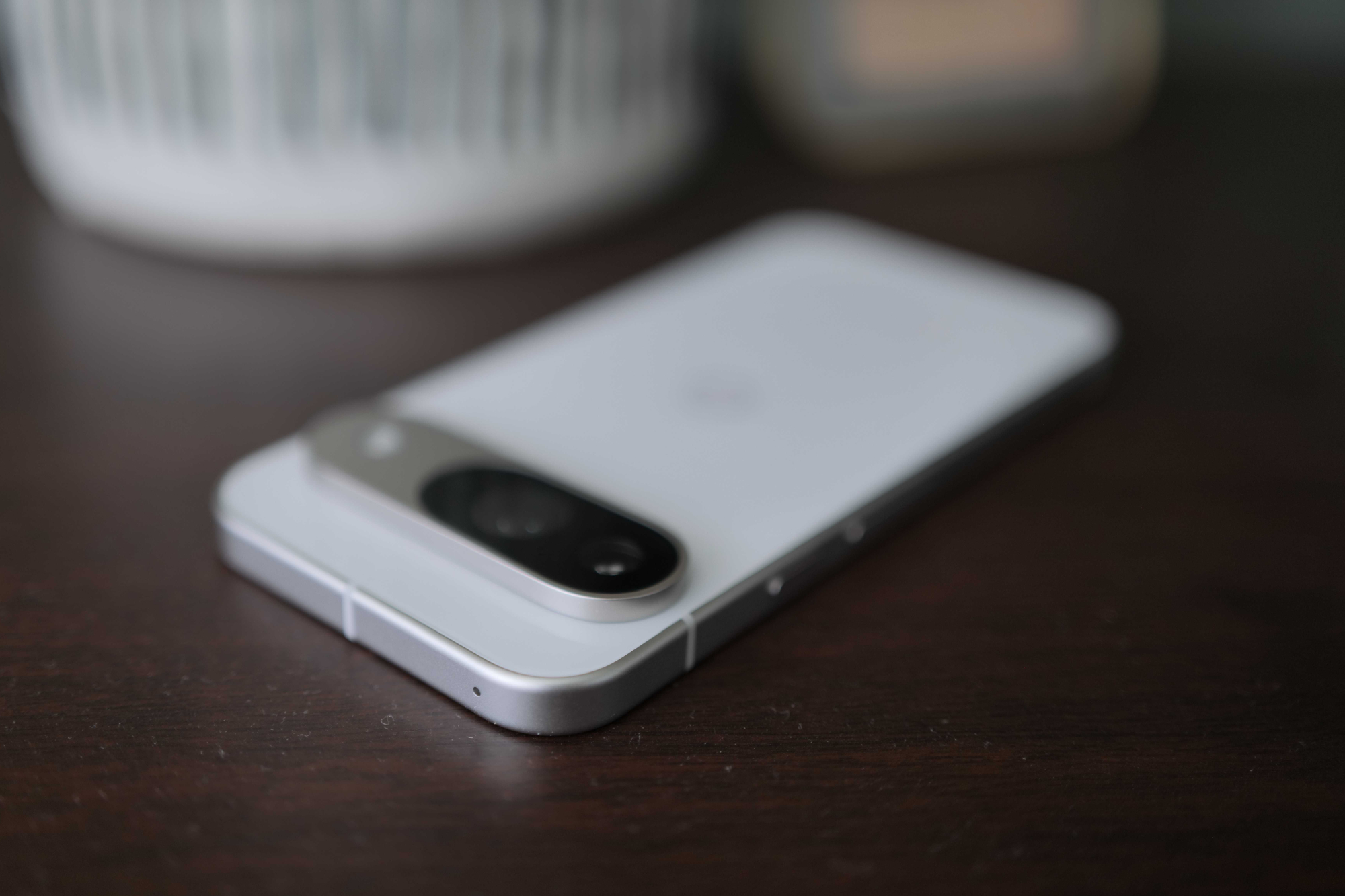
Under the hood, the Pixel 9 is powered by Google’s Tensor G4 chipset, designed with AI-driven features in mind. It offers a 20% boost in web browsing and a 17% improvement in app launches compared to its predecessor. Paired with 12GB of RAM, the Pixel 9 delivers efficient real-world performance, particularly for AI and photography tasks.
The Pixel 9’s 4650mAh battery promises over 24 hours of use or up to 100 hours in Extreme Battery Saver mode. It supports 45W fast charging, delivering a 50% charge in just 30 minutes, though Qi2 wireless charging hasn’t made the cut.
The Galaxy S25 is equipped with Qualcomm’s Snapdragon 8 Elite for Galaxy, which boasts a 15-20% performance improvement over its predecessor. Built on a 3nm process, it delivers exceptional speed and power efficiency. With 12GB of RAM across all storage options, the Galaxy S25 is well-suited for multitasking and demanding apps.
The Galaxy S25 sticks to a 4000mAh battery with 25W wired and 5W wireless charging. Thanks to its more efficient Snapdragon 8 Elite chipset, the S25 may squeeze slightly more usage out of its battery, though the difference is unlikely to be dramatic.
While the Pixel 9 shines in AI-driven use cases, the Galaxy S25 offers a more traditional performance boost with its raw processing power. That said, the Pixel 9 takes the lead in both battery size and charging speeds, while the Galaxy S25 offers minor efficiency gains.
Cameras: Consistent shots vs. AI tricks
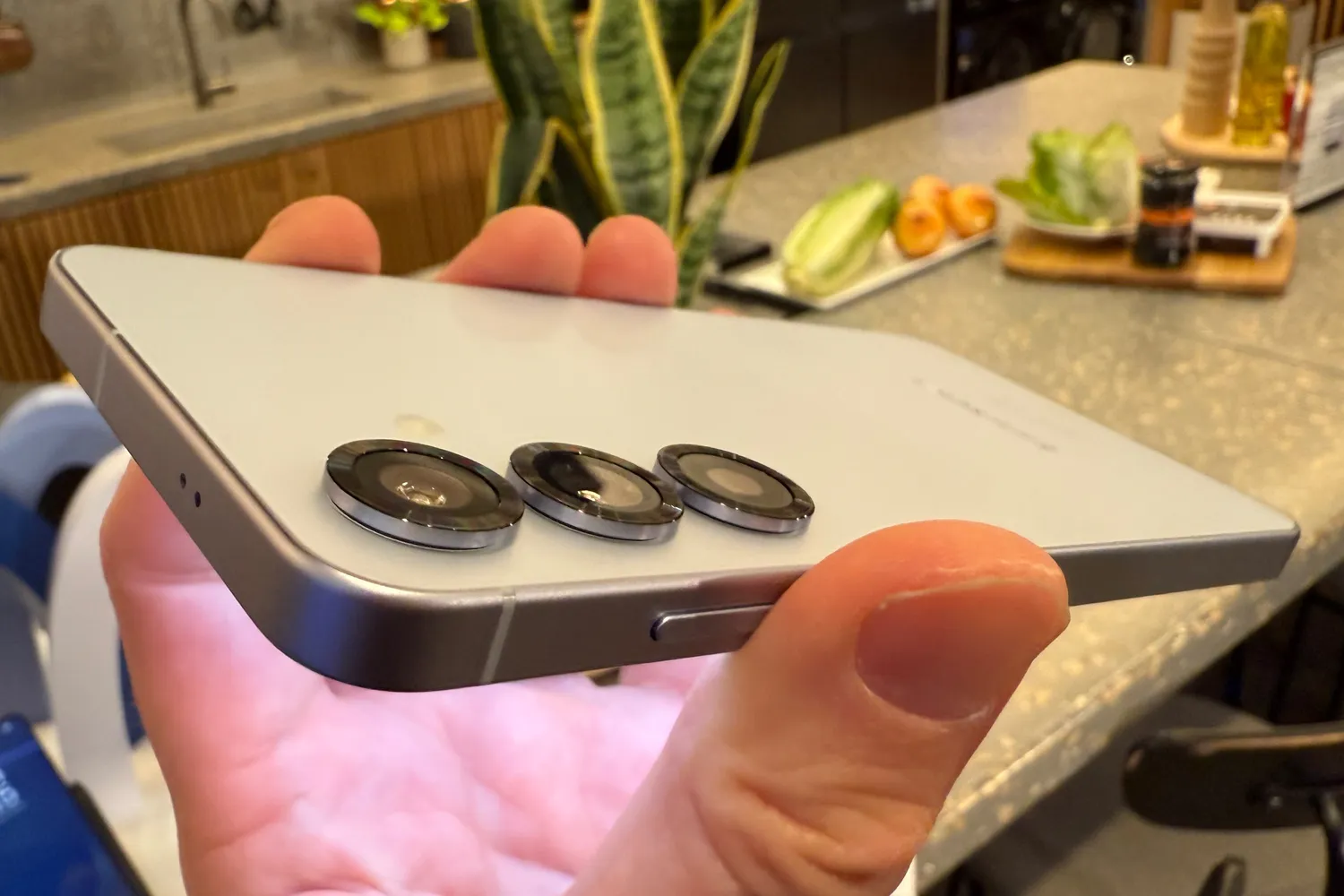

The Pixel 9 builds on Google’s photography legacy with a 50MP main sensor and a new 48MP ultrawide lens featuring macro focus. Generative AI tools like Magic Editor and Add Me enhance photo editing, allowing users to reframe shots, change backgrounds with text prompts, and seamlessly insert themselves into group photos. The 10.5MP front camera remains unchanged but delivers reliable selfies.
The Galaxy S25 also offers a triple-camera system. This includes a 50MP main sensor, 10MP telephoto with 3x optical zoom, and 12MP ultrawide. It remains nearly identical to the Galaxy S24. Samsung has introduced new software modes and editing tools, though they may eventually roll out to older models. The 12MP front camera offers dual-pixel PDAF for sharper selfies.
While the Galaxy S25 provides solid, consistent photography, the Pixel 9’s generative AI features elevate its camera capabilities, offering more creative flexibility.
Samsung Galaxy S25 vs Google Pixel 9 Verdict
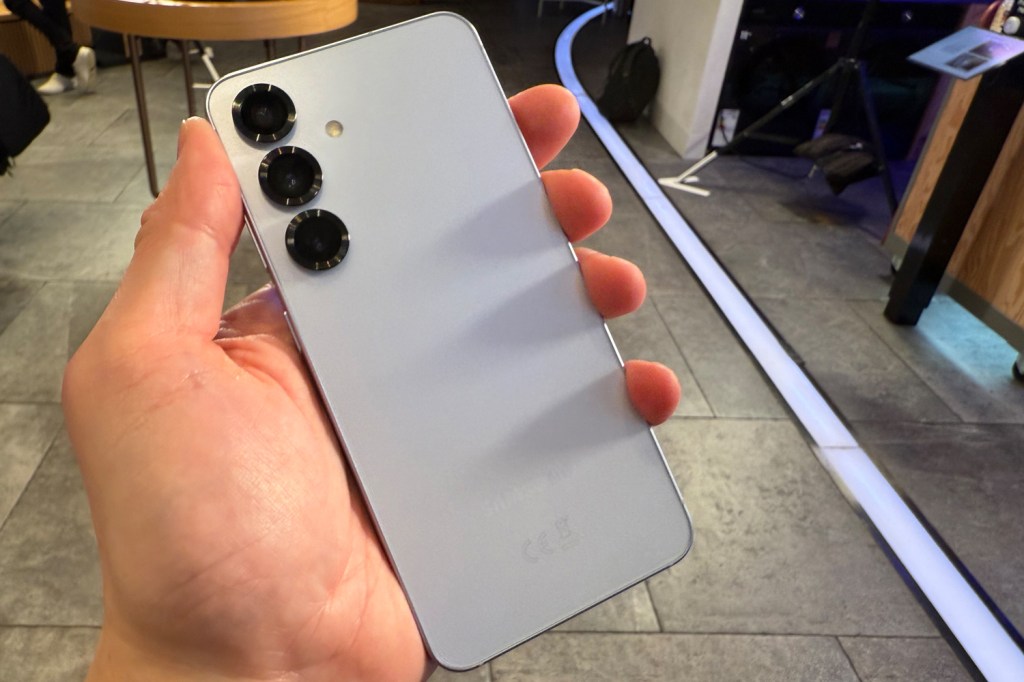
The Pixel 9 and Galaxy S25 cater to different audiences. The Pixel 9 excels in AI-driven features, innovative camera tools, and faster charging. It’s the ideal choice for users who prioritise creativity and efficiency. On the other hand, the Galaxy S25 focuses on refined performance, lightweight design, and long-term reliability. This handset might appeal to those who prefer a more traditional smartphone experience.
Ultimately, the choice comes down to your priorities. If you value cutting-edge AI and photography tools, the Pixel 9 is the way to go. If you prefer a polished, well-rounded device with a focus on speed and durability, the Galaxy S25 won’t disappoint.
